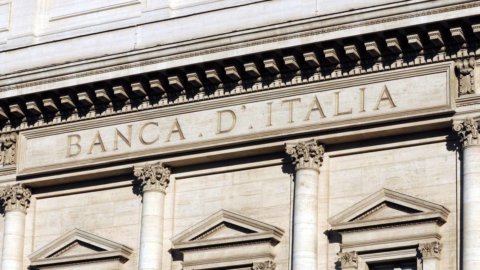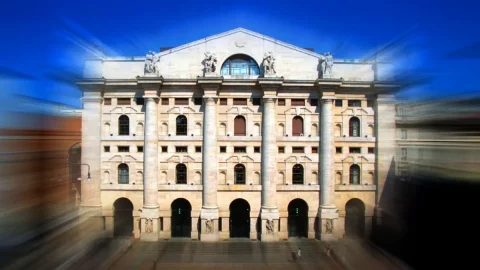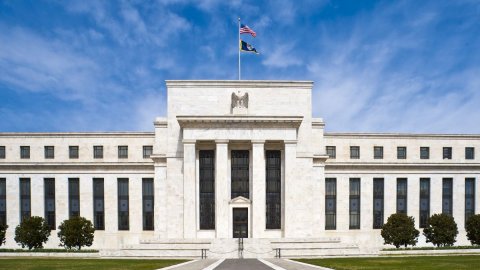Bank of Italy cuts its growth forecasts for this year, but raises them for the next two years. According to the latest Economic Bulletin of Via Nazionale, in 2019 GDP should mark only +0,1% (in June +0,3% was forecast), to then accelerate to +0,8% in 2020 (+ 0,7%) and +1% in 2021 (from +0,9%). In comparison "with the forecast picture published in the January economic bulletin, GDP growth is now 0,6 percentage points lower for the whole of 2019-2021", reads the report.
“The picture – explains the Bank of Italy – is characterized by a slowdown in investments, in line with what is reported by our surveys of businesses and with the progressive increase in financing costs. Exports would be affected by the deceleration of world trade. However, Italian companies would maintain their market shares”.
Starting from the second half of 2019, “activity should gradually recover – continues the bulletin – above all thanks to household spending and exports. Inflation is expected to fall to 0,7% in 2019, and then gradually strengthen due to the gradual recovery of the dynamics of the underlying component".
STOP RECOVERY, SECOND QUARTER GDP STILL OR NEGATIVE
However, Bank of Italy underlines that, after the technical recession of the second half of 2018 and “after the modest increase in the first three months of 2019 (+0,1%), economic activity would have remained stationary or slightly decreased in the spring. The weakness of the industrial cycle, which above all reflects the persistence of trade tensions at international level, would have been only partially offset by the favorable trend of activity in services and construction”.
In particular, Bank of Italy's Ita-coin indicator, “which captures the underlying dynamics of the Italian economy, decreased, reflecting the uncertain prospects for international trade and the weakness of the manufacturing cycle. The latter has particularly affected Italy and Germany, countries sharing strong productive and commercial ties”.
FISCAL POLICY UNCERTAINTY PUTS GROWTH AT RISK
The Bank of Italy's new forecasts for the Italian economy “are characterized by downside risks to growth”, also linked to a possible increase in uncertainty about fiscal policy. "The risks of external origin remain connected mainly with the tensions on trade policies - continues the bulletin - if these expand or persist, in addition to slowing down global economic activity and in particular of our European partners, they could fuel new episodes of volatility financial situation and have a negative impact on the propensity to invest of companies".
Domestically, explains Palazzo Koch, "an accentuation of uncertainty regarding the orientations of budgetary policy in the years following the current one could lead to new turbulence on the financial markets and contribute to the deterioration of household and business confidence, with repercussions on the of investments. A boost to economic activity could instead derive from the start of a virtuous circle between expectations on fiscal policy and financial conditions”.
LESS LOANS TO BUSINESS, SIGNS OF TIGHTENING
Finally, Bank of Italy reports that “bank credit to the private sector has weakened slightly. Growth is still solid for households, while loans to businesses have contracted slightly. The increase in the burden of bank bond funding recorded last year has so far been transmitted to a limited extent to the interest rates charged on loans to customers, also thanks to the high liquidity and the improvement in bank balance sheets. However, there are signs of a tightening of the conditions for accessing credit for smaller companies”.





